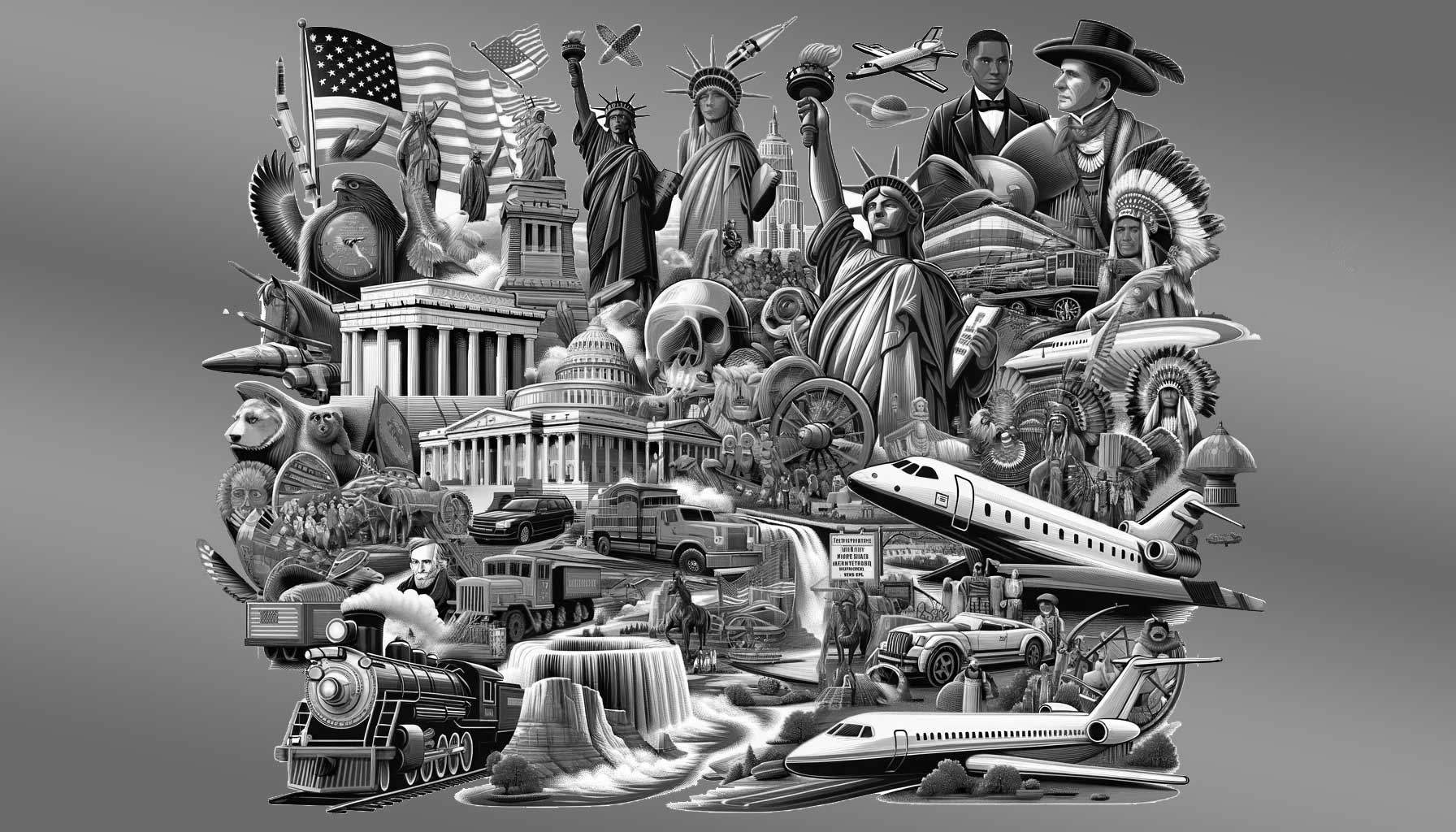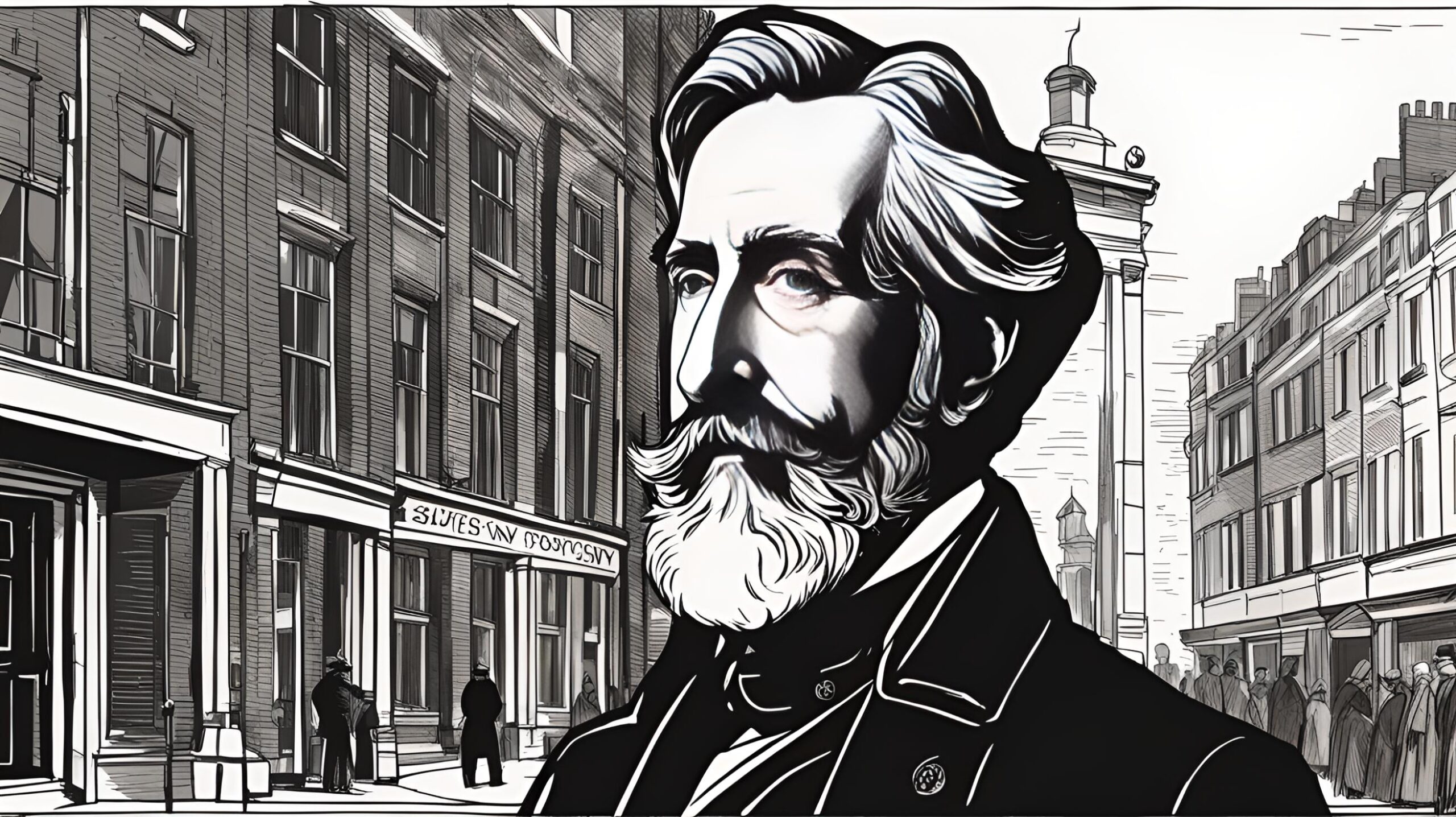Flashback to July 5
American History

On July 5, 1935, President Franklin Roosevelt signed the National Labor Relations Act (NLRA) into law. This historic event marked a significant milestone in the history of labor relations in the United States. The NLRA, also known as the Wagner Act, aimed to protect the rights of workers and encourage collective bargaining between employers and labor unions. This article will delve into the details of this important legislation and its impact on the American workforce.
At the time of the NLRA’s enactment, the United States was grappling with the Great Depression, and there was a pressing need to address the issues faced by workers. The act established the National Labor Relations Board (NLRB) as an independent agency responsible for enforcing labor laws and overseeing union elections. This government intervention in labor disputes aimed to level the playing field between employers and employees, particularly during a time of economic uncertainty.
One of the key provisions of the NLRA was the protection of workers’ rights to engage in collective bargaining. Under this law, employees were granted the freedom to form, join, or assist labor organizations, and to engage in collective bargaining with their employers. This was a significant departure from the previous labor policies, which heavily favored employers. The NLRA sought to empower workers and ensure their voices were heard in decisions that affected their working conditions and benefits.
The NLRA also prohibited certain unfair labor practices by employers, such as interfering with employees’ rights to organize, discriminate against employees based on union membership, and retaliating against workers who advocated for their rights. These protections were essential in creating a fair and balanced framework for labor relations, as they curtailed the abuses that had been prevalent in many workplaces. With the NLRA in place, workers had the legal backing to challenge unfair treatment and demand better working conditions.
The impact of the NLRA was felt across various industries throughout the country. Unionization rates soared as workers saw an opportunity to have their grievances addressed and negotiate for better wages and benefits. By the late 1930s, millions of workers had joined labor unions, which gave them collective bargaining power they had not enjoyed before. The NLRA was instrumental in empowering the American workforce and leveling the playing field between labor and management.
In addition to its immediate impact, the NLRA also laid the groundwork for future labor legislation and policies. It set a precedent for the government’s intervention in labor relations and established a framework that still guides labor practices to this day. The NLRA’s formation of the NLRB as an independent agency proved to be a crucial element for maintaining fairness and impartiality in labor disputes, and this model has been adopted in subsequent labor legislations.
However, it is worth noting that the NLRA has not been without critics. Some argue that the act tipped the balance too far in favor of unions, leading to economic inefficiencies and slowing job growth. Others believe that the NLRA has been ineffective in protecting workers’ rights in the face of changing economic and technological landscapes. Despite these criticisms, the NLRA remains a landmark piece of legislation that revolutionized labor relations in the United States.
President Franklin Roosevelt signing the National Labor Relations Act on July 5, 1935, was a transformative event in American labor history. The NLRA provided workers with essential protections and empowered them to engage in collective bargaining, ultimately leading to improved working conditions and increased unionization rates. While the act has had its share of criticisms, its impact on labor relations cannot be understated. The NLRA laid the foundation for future labor legislation and enshrined the rights of workers in American labor law.
We strive for accuracy. If you see something that doesn't look right, click here to contact us!
Sponsored Content

William Booth founded Salvation…
"On July 5, 1865,…

Engagement at Carthage, Missouri.
The Engagement at Carthage,…

C Jackson discovers asteroids…
On July 5, 1937,…

Committee of 9 appointed…
On July 5, 1843,…

William Shockley invents the…
On July 5, 1951,…

President Franklin Roosevelt signs…
On July 5, 1935,…

